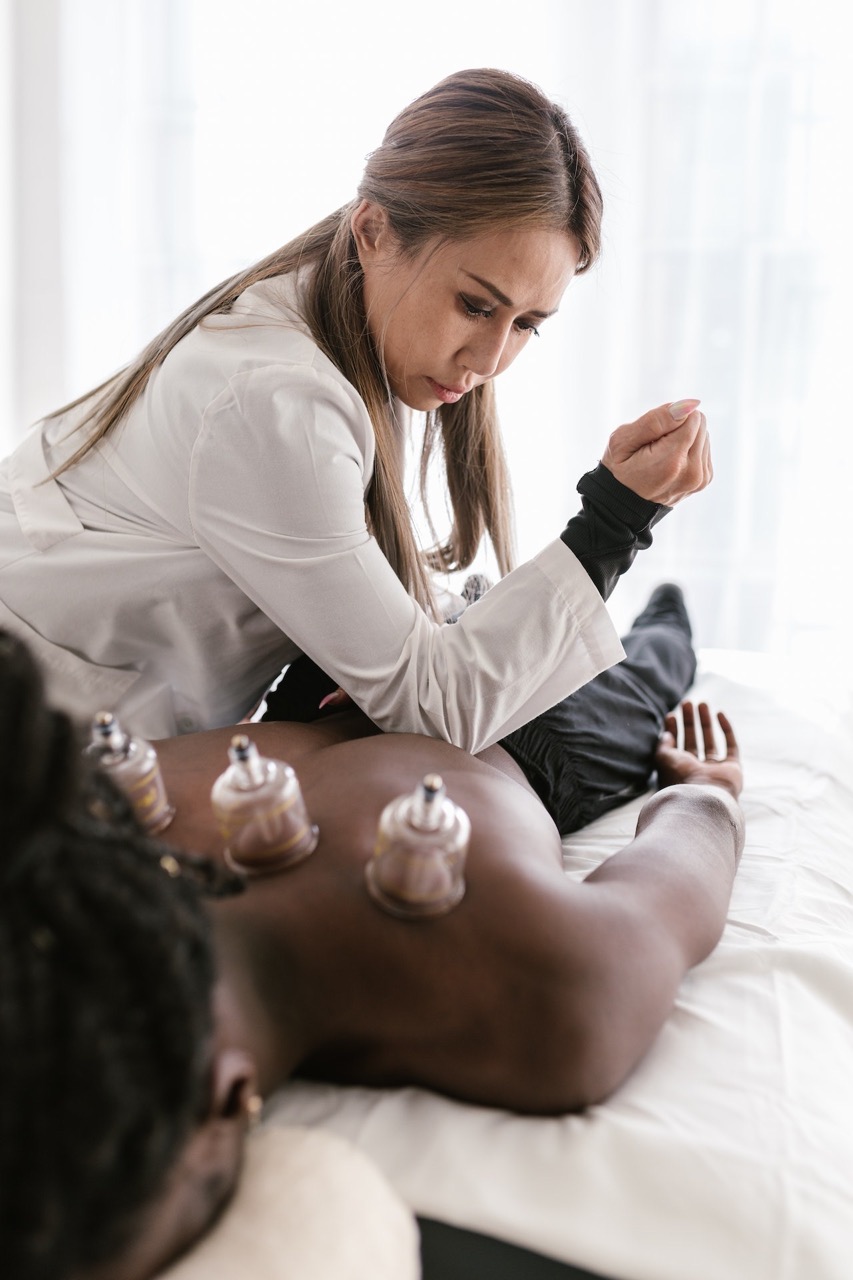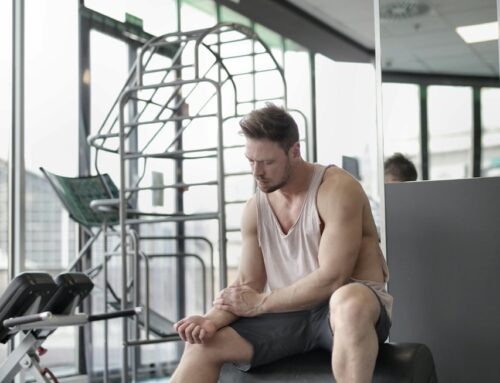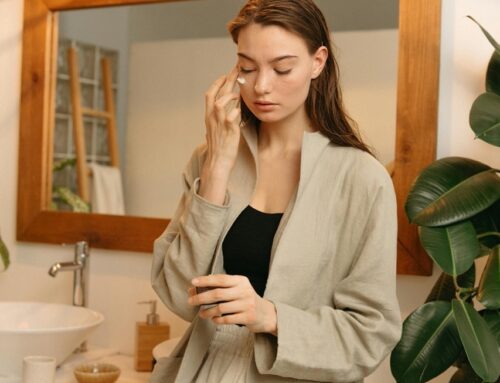Techniques and tools used in massage therapy: Discussing the various methods and tools used in massage therapy, such as kneading, tapping, and stretching, as well as the use of oils, lotions, and other products
Introduction
Massage therapy is a manual therapy used for centuries to promote relaxation, reduce stress, and alleviate pain. While the effectiveness of massage therapy largely depends on the skill and experience of the massage therapist, the techniques and tools used also play an essential role in the outcome of the massage session.
This article will discuss the most common techniques and tools used in massage therapy and their respective benefits. Understanding these techniques and tools can help clients communicate their needs and preferences to their massage therapist and help them get the most out of their massage therapy experience.
Techniques Used in Massage Therapy
Many techniques are used in massage therapy, each with its benefits and advantages. Some of the most common massage therapy techniques include Swedish massage, deep tissue massage, shiatsu, trigger point therapy, and sports massage.
A Swedish massage is a delicate therapy involving long, smooth strokes, kneading, and circular movements. It is designed to promote relaxation and improve circulation.
On the other hand, deep tissue massage involves slow, deep pressure on the muscles, tendons, and fascia. This technique is designed to relieve chronic muscle tension and improve the range of motion.
Trigger point therapy involves applying pressure to specific points on the body to lessen pain and tension. This technique is particularly effective for those who experience chronic pain.
Sports massage is a technique designed specifically for athletes and those who are physically active. It involves a combination of deep tissue massage and stretching to improve flexibility and prevent injury.
Tools Used in Massage Therapy
In addition to techniques, massage therapists may also use various tools to enhance the massage therapy experience. The most common tools used in massage therapy include massage oils, lotions, and balms.
Massage oils and lotions are used to lubricate the skin and help the massage therapist glide their hands over the body. They can also provide extra benefits, such as moisturizing the skin and improving blood flow.
Other tools used in massage therapy include hot stones, cups, and rollers. Hot stones are used to apply heat to specific areas of the body to promote relaxation and relieve muscle tension. Cups are used to create suction on the skin, which can help to increase blood flow and relieve pain. Rollers are used to apply pressure and knead the muscles, similar to how a massage therapist would do with their hands.
Techniques for Specific Areas of the Body
Different techniques are often used for specific body areas like the back, neck, and feet. For example, the massage therapist may use deep tissue massage on the back to relieve tension and improve the range of motion while using lighter pressure and kneading on the feet to promote relaxation.
Other techniques that may be used for specific body areas include a myofascial release for the neck and shoulders and reflexology for the feet.
Other Considerations in Massage Therapy
The techniques and tools used in massage therapy may vary depending on the client’s age, health, and personal preferences. For example, elderly clients may require gentler techniques and lighter pressure, while those with sensitive skin may prefer unscented oils and lotions.
Massage therapists also customize their techniques and tool choices based on the specific needs of their clients. For example, a client who experiences chronic pain may benefit from trigger point therapy. In contrast, a pregnant client may require different positioning and techniques to ensure their safety and comfort.
Conclusion
In conclusion, the techniques and tools used in massage therapy play an essential role in the effectiveness of the massage session. By understanding the different methods and tools available, clients can communicate their needs and preferences to their massage therapist and ensure they get the most out of their massage therapy experience.




